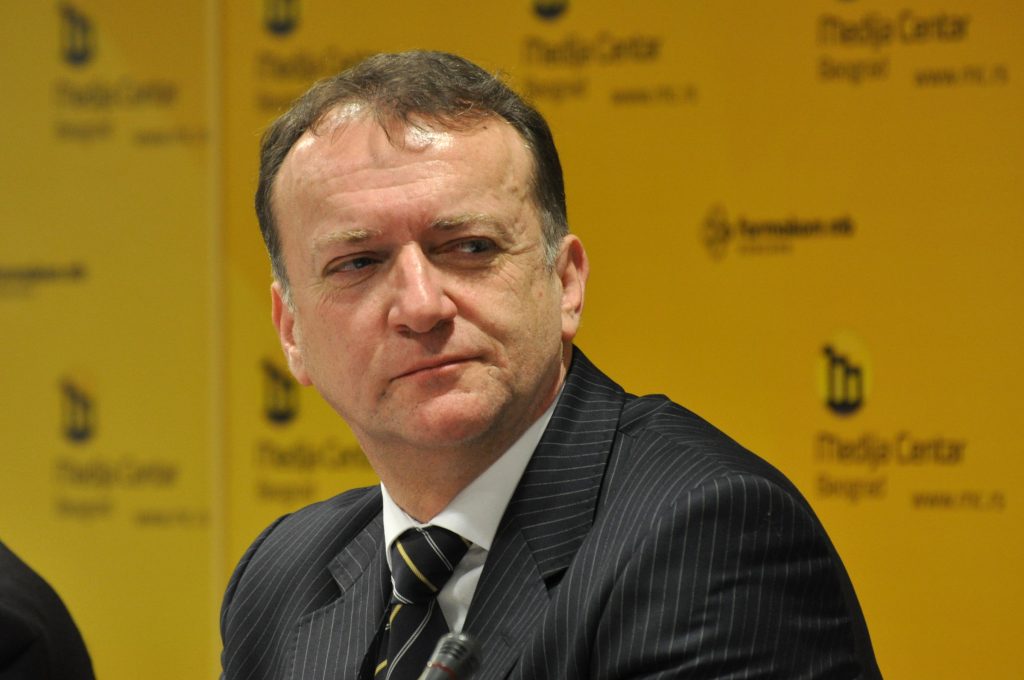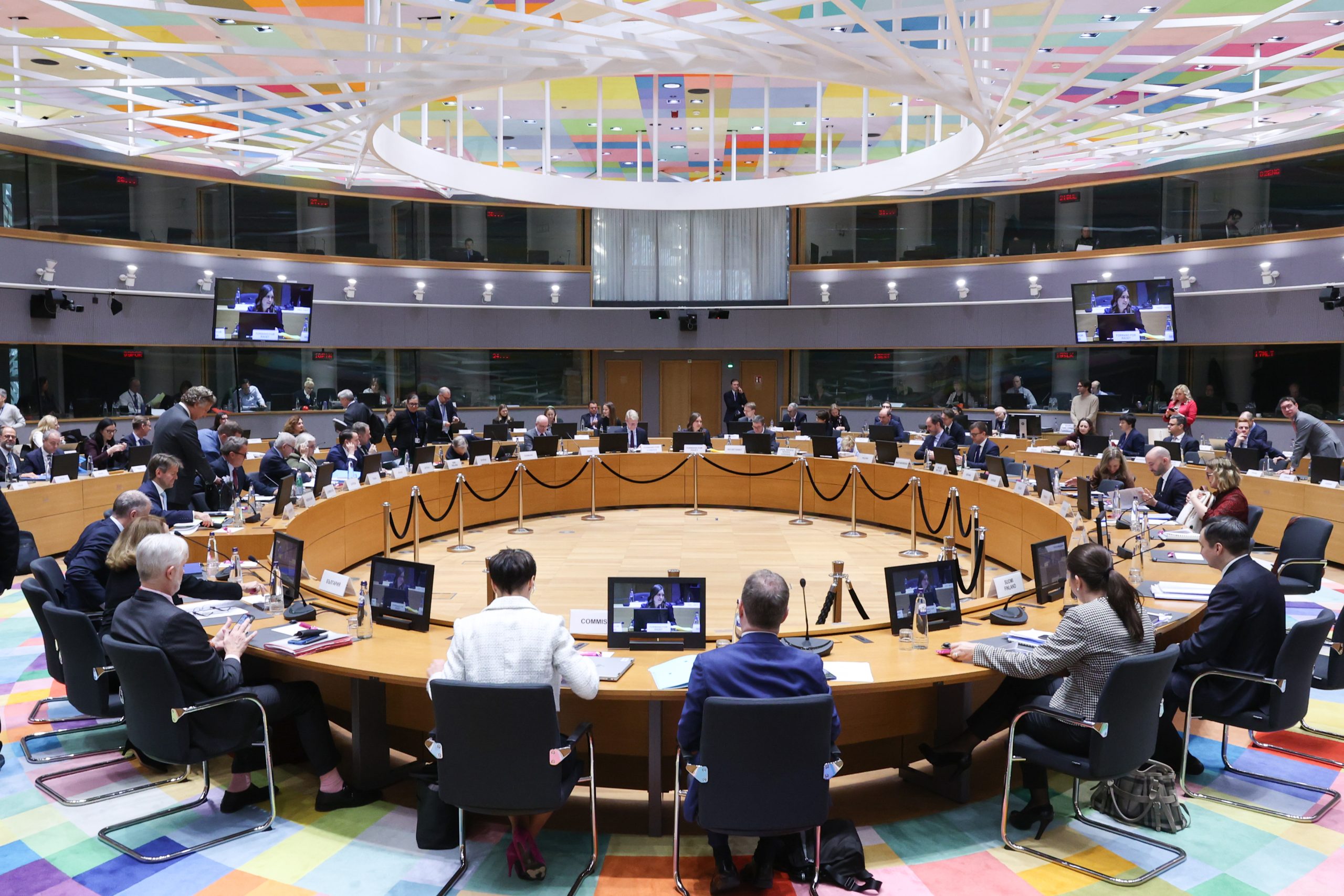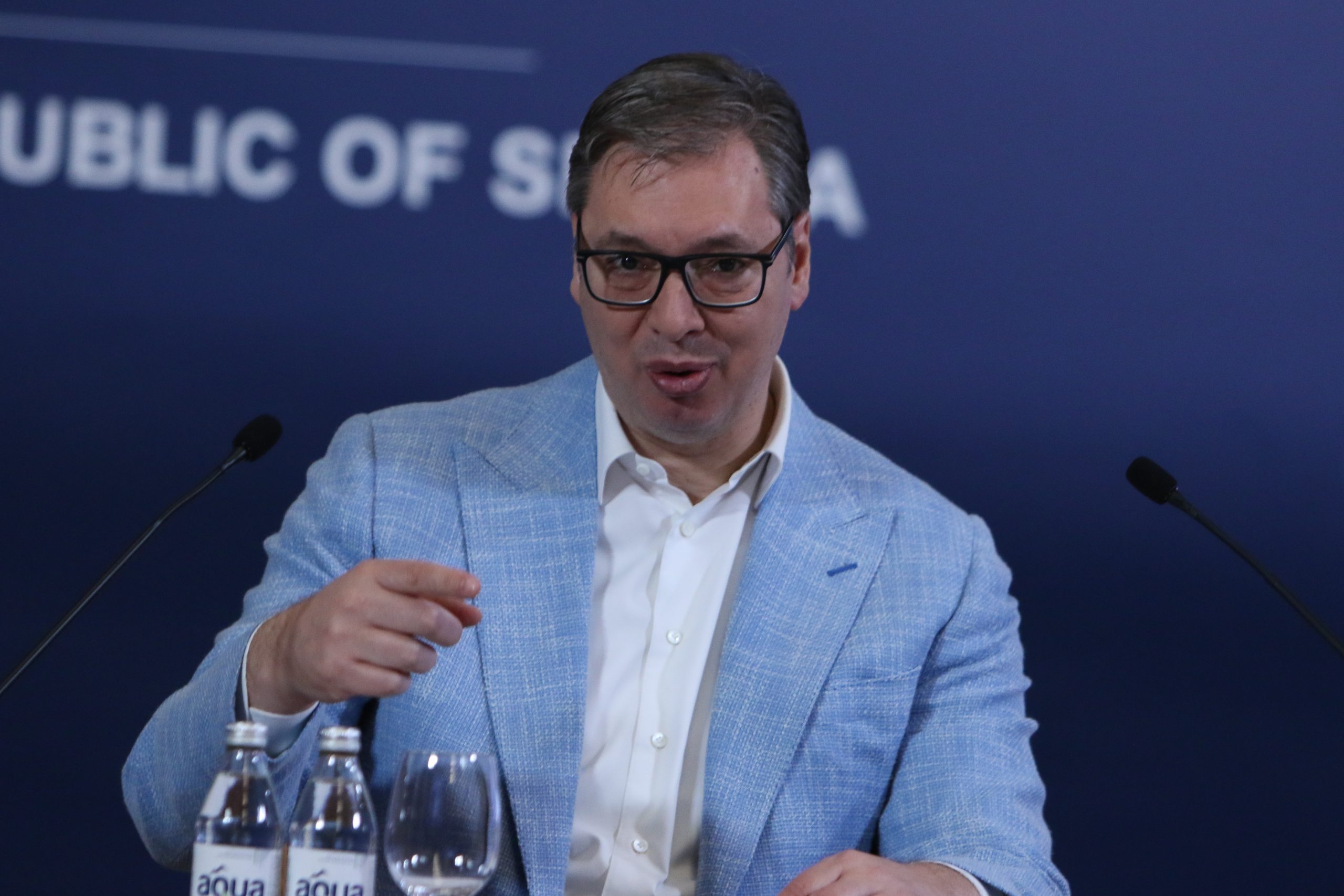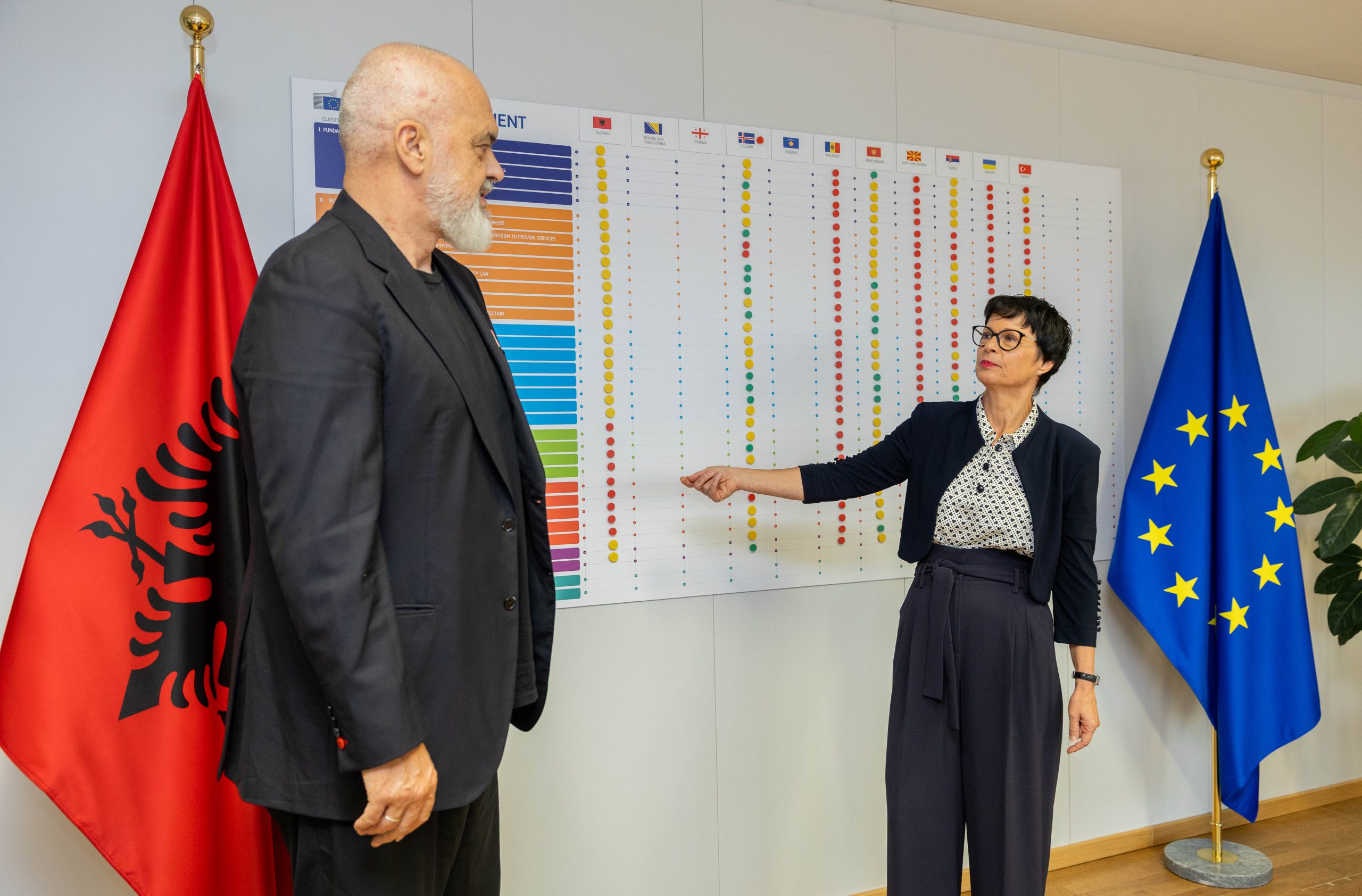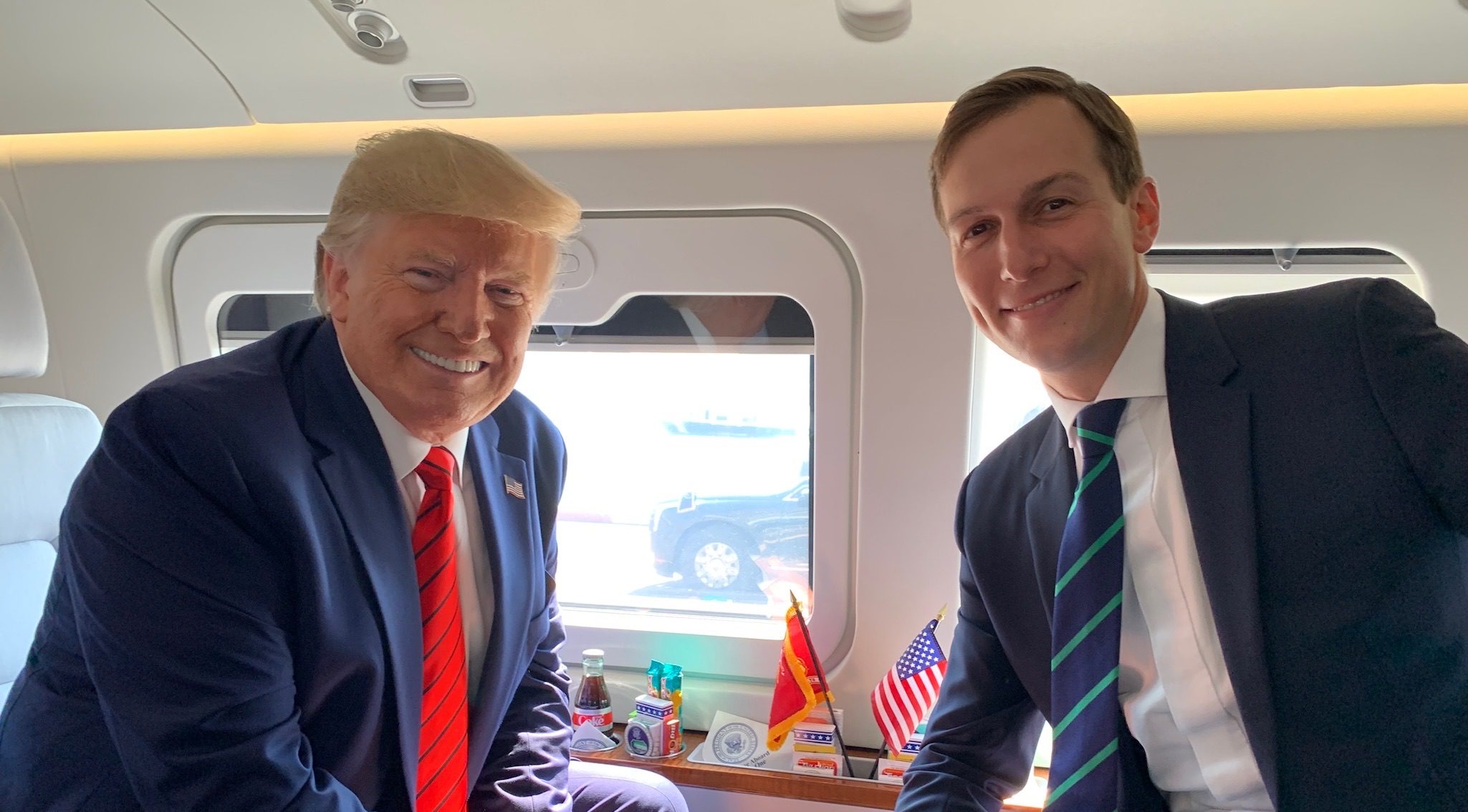*The article was originally published on the website of the European Policy Centre (Centar za evropske politike).
The recent announcement by the President of the European Commission (EC), Jean-Claude Juncker on EC’s plan to prepare a Strategy for a successful EU accession of Serbia and Montenegro as frontrunner candidates in the Western Balkans in 2025 perspective is very important for Serbia and the rest of Western Balkans.
His speech represents the first occasion when an EU representative mentioned even a possible date for EU’s future enlargement – 14 years since the EU-Western Balkans Summit in Thessaloniki, almost 8 years since Serbia lodged its membership application, and 4 years since the accession negotiations with the EU were opened.
Consequently, the ongoing accession negotiations, characterised by unclear timeframe, have become slightly more focused in terms of deadlines. At the same, Juncker’s speech puts naysayers at bay. An increasing number of experts, domestically and internationally, have often given their estimates that Serbia negotiates EU accession in vain and that the EU enlargement is a never-ending story – à la turque.
Moreover, Juncker’s speech confirmed the impression that the EU is “on the move” again and the perspective for further evolution of European integration, including enlargement in the upcoming years, is a bit improving. This move in Juncker’s stance, who is remembered as saying that “there will be no EU enlargement” during his mandate, has other motivations as well, such as trying to stabilize the region and maintaining the EU influence in the Western Balkans – especially in view of heightened geopolitical tensions (including the increase in Russia’s influence, as well as meddling in of other foreign factors). It takes into consideration the EU future enlargement in light of other issues such as Brexit and the possibility that the negotiations with Turkey may be temporarily suspended, once again.
In a way, Juncker’s statement is also an indirect response to the requests coming from the Western Balkan region for a more concrete and expedient trajectory towards EU membership. It is noteworthy to point out that in June of this year, the newly elected Serbian President, Aleksandar Vučić, requested an estimated date for EU accession from the EU side.
Earlier this year – in April, he declared that 2020 or 2021 could be the potential years for accession. After Juncker’s announcement, the Serbian Prime Minister, Ana Brnabić, highlighted that Serbia will look to close all the negotiating chapters by 2020. Moreover, the Minister for European Integration, Jadranka Joksimović, said that Juncker’s assessment is “realistic” and congruent with Serbia’s plans.
Aside from Juncker’s announcement, it is noticed that some additional steps have been taken recently that highlight greater attention in the EU towards the Western Balkans. As Andrija Pejović, Montenegrin Minister of European Affairs and Chief Negotiator, notes the Western Balkans are “in the limelight again.”
Within that framework, one could mention recent visit of Federica Mogherini, High Representative of the European Union for Foreign Affairs and Security Policy, to the region, as well as some still unclear announcements from German circles that the Balkan region may receive additional funding under “Berlin plus” arrangement. Moreover, Donald Tusk, the President of the European Council, (in an invitational letter from 21.09.2017 for an informal EC meeting) announced that during the Bulgarian presidency of the Council, in May 2018, the EU will organize a summit for Western Balkan countries – first time since the Thessaloniki summit in 2003. This announcement fits well with the timeline for the preparation of a new strategy for future enlargement towards Serbia and Montenegro (which should be published in February 2018).
Negotiations about EU accession represent probably the most complex process of joining an international organization. They are founded primarily on political principles, but are in the same time filled with a number of technical and bureaucratic conditions (legal and administrative reforms etc.). This process became even more complex and slower when the EU introduced so called “the new approach” for the enlargement process which means 1) more EU (pre)conditions concerning the opening of negotiations and 2) slower process of negotiations (especially regarding opening and closing of chapters) as well as different additional steps throughout the process.
Bar deep historic and political differences, one could compare Serbia and Montenegro’s current situation in negotiations with the situation faced by the Central and Eastern European countries (CIE) in the second half of 1990’s, 20 years ago. At that time, the EU Commission introduced Agenda 2000 – a strategic document in which financial and other consequences of enlargement were debated, as well as the measures for further deepening of integration within the EU.
Afterwards, the fifth enlargement encompassing the CIE countries was accelerated, ending 5 years later Simultaneously, the EU was dealing with significant internal reforms (the creation of Eurozone and the adoption of Treaty of Nice). Negotiations about the 5th enlargement lasted from 1997 (1999) and ended in late 2002: the membership treaties were signed in April of 2003, and the ten countries became EU members in May 2004.
Romania and Bulgaria were the exception, as they joined the EU 3 years later, in 2007. With comparison to the context surrounding Agenda 2000, Serbia and Montenegro’s accession negotiations could, if they last another half a decade, come to a close during the next mandate of the EC 2019-2024, i.e. in 2023- at the latest and maybe even sooner so that Serbia and Montenegro become fully-fledged members by 2025 (given the usual year and a half gap between the signing of accession treaty and ratification in the member states).
Indeed, we are considering the possible future dynamics of EU accession, while keeping in mind and stressing the unpredictable nature of political events in the Balkans and the world, as well as all the expected changes facing the EU (Brexit in 2019, reform of different policies such as: Eurozone, common security and defence policy, and immigration policy etc.).
The EU still represents more than ever a moving target. Let us hope that The Strategy for Serbia and Montenegro will not be a repetition of bureaucratic exercises on EC’s part (again something “more of the same”) but hopefully it would contain some new and innovative instruments for preparation and acceleration the accession of Western Balkan countries. It will be of crucial importance that the Strategy – similar to the Agenda 2000, include financial aspects of Serbia’s and Montenegro’s accession given the adoption of EU’s multi-annual financial framework for 2021-2027.
At a recent meeting with the Western Balkan leaders, during the UN General Assembly, the EU’s High Representative, Federica Mogherini and Johannes Hahn, the Commissioner for European Neighbourhood Policy and Enlargement Negotiations, highlighted the need for further reforms in the Western Balkans, mostly in areas like the judiciary, rule of law, fundamental rights, as well as the development of good neighbourly relations.
In addition to the aforementioned reforms, one of the main strategic aims for Western Balkan countries will be to ensure the improvement of the living standard, improve the economy, and decrease poverty. Without further investments to improve Serbian economy, it will be difficult to bear the EU competition conditions and the demands associated with the EU acquis.
The achievement of economic growth – above the EU average – should be the main priority in order to decrease deep economic and social differences that divide the Western Balkan countries, not only compared to the most developed Western European countries, but even to the neighbouring countries of Central and Eastern Europe. Without the achievement of this goal, the speed up of the EU integration process will not have the real meaning.
